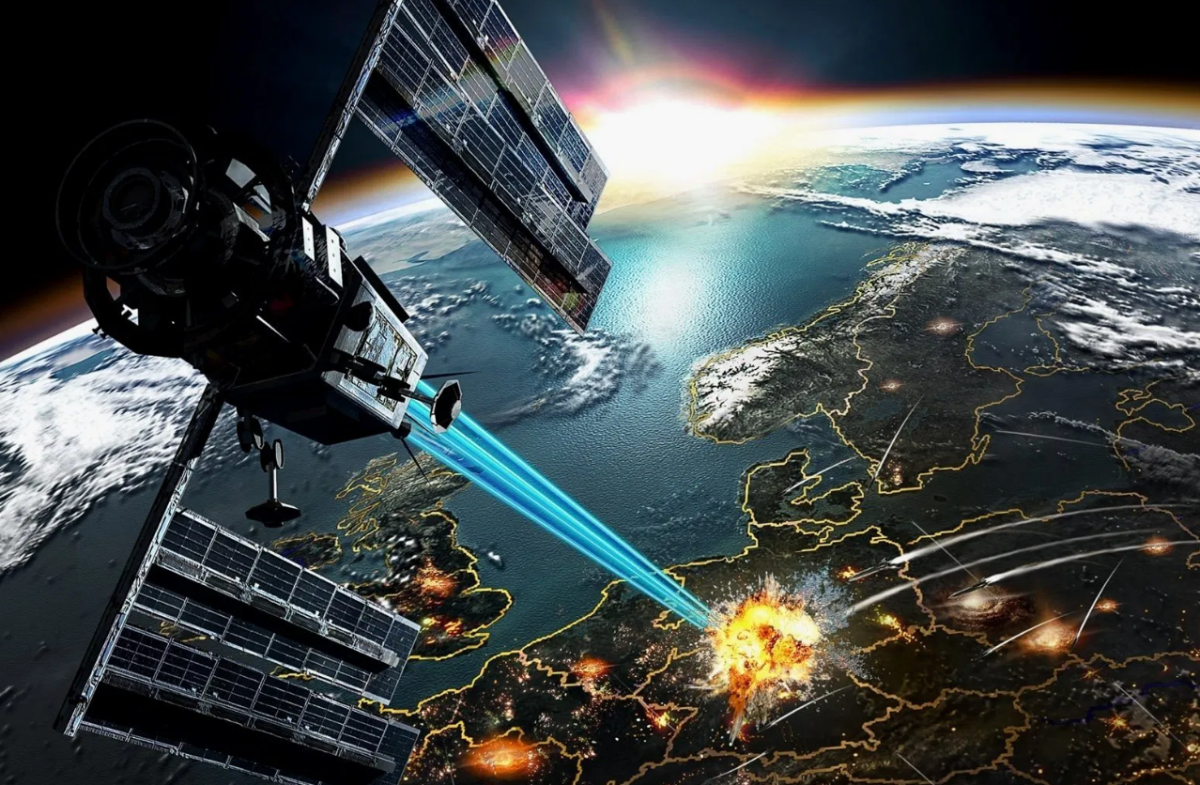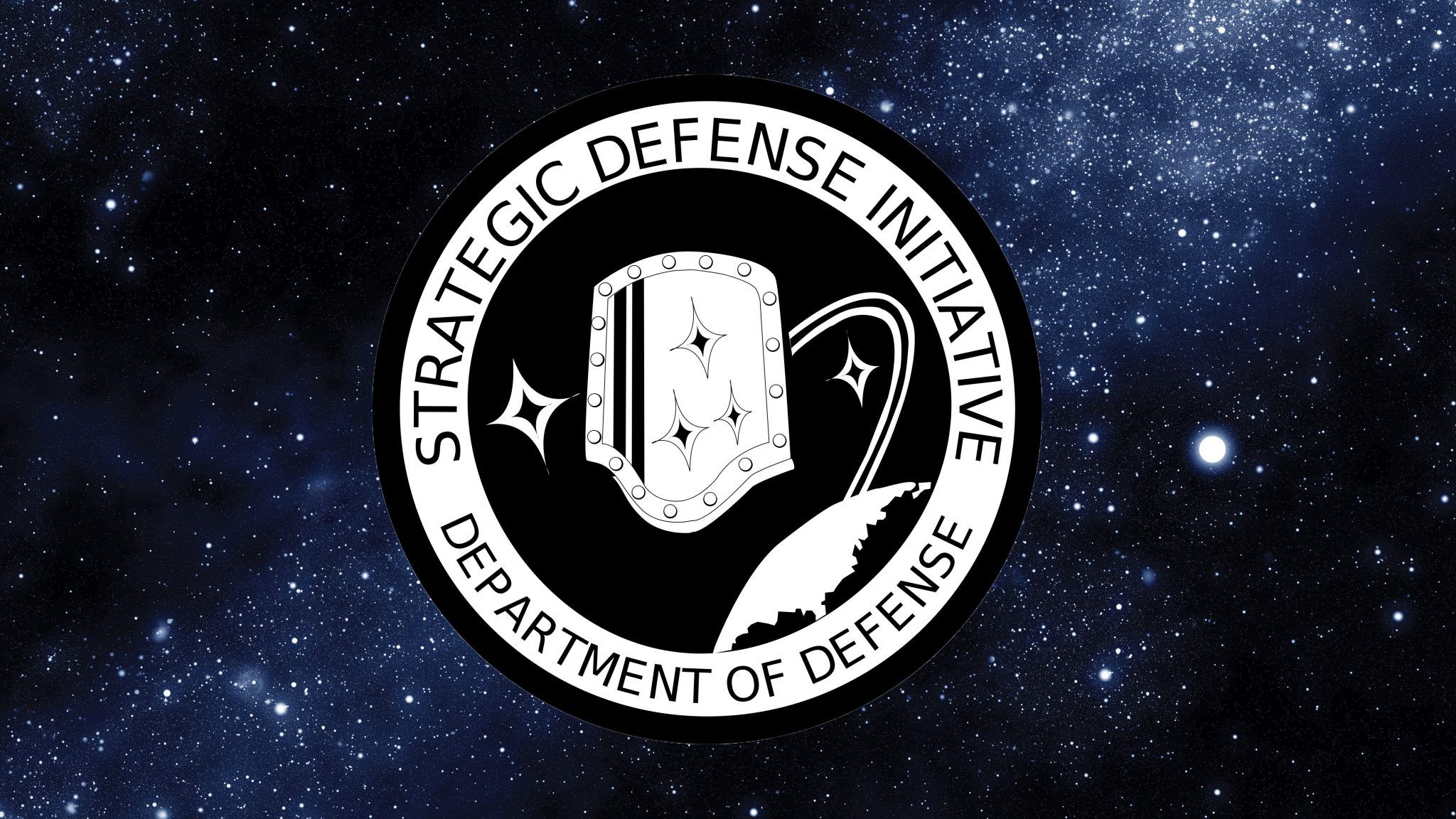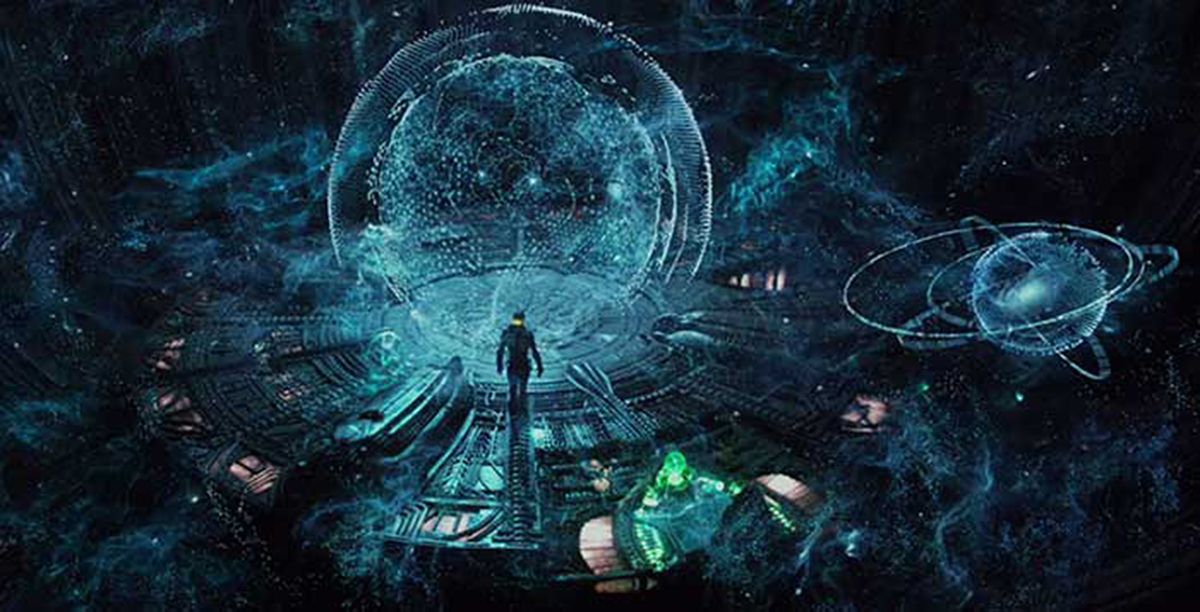Space Weapons to Counter China and Russia
Article by Dave Makichuk August 28, 2020 (asiatimes.com)
• The Pentagon and President Trump consider space to be a warfighting domain on par with land, air and sea. And the newly established US Space Command indeed faces a clear and present danger. China has already tested anti-satellite missiles, while Russia has deployed on-orbit systems that could threaten US satellites. America’s adversaries now have the ability to use jammers, ground-based lasers, ground- and space-based kinetic weapons, attack ground facilities that support space operations or even carry out a nuclear detonation in space.
• “As a geographical combatant command focused on the space domain, those are the things that keep us up at night,” says Army National Guard Major General Tim Lawson. But Lawson told the virtual audience at the National Defense Industrial Association’s Space Warfighting Industry Forum (on August 21st) that America has new capabilities are on the way to mitigate the threat. But these capabilities classified as “black budget” projects, and he can’t tell you about them.
• “A lot of times you listen to that threat picture and you kind of get a little dismayed at what you’re seeing, but then you look at our side and — trust me — we’ve got some things coming. So, it’s good news,” said Lawson.
• Lawson highlighted the need to have resilient space architectures that utilize large networks of small communications and intelligence-gathering satellites that would be less vulnerable to enemy attacks. “If you had hundreds of small satellites up there in a constellation … the enemy can take out quite a few of those and it will really never have an impact on us,” he said. “That really is the resiliency piece that we’re seeking out there and we need.” The ‘Spacecom’ command is also interested in developments in space logistics such as on-orbit refueling or servicing of satellites. Lawson says that if American industry could put assets into orbit to overwhelm adversaries’ ability to shoot them down, “it would be a game-changer”.
• But it’s not the first time a US president has launched a major military defense project in space. President Ronald Reagan envisioned a Strategic Defense Initiative (SDI) as an array of space-based X-ray lasers would detect and deflect any nukes headed toward the United States. On March 23, 1983, Reagan called upon the US scientists who “gave us nuclear weapons to turn their great talents to the cause of mankind and world peace: to give us the means of rendering these nuclear weapons impotent and obsolete.”
• But politicians and scientists argued that SDI was overambitious. Massachusetts Senator Edward Kennedy referred to it as Reagan’s ”reckless ‘Star Wars’ schemes.” The “Star Wars” moniker stuck. Over the course of 10 years, the government spent up to $30 billion on developing the concept without achieving operational status. It was scrapped by President Bill Clinton in 1993.
• [Editor’s Note] So where did this $30 billion go? By coincidence, the 1980’s was when the US Navy created and deployed its deep space fleet of eight oversized submarine-type warp drive spacecraft known as ‘Solar Warden’, unbeknownst to the public.
To say that officials at the newly established US Space Command face a clear and present danger, is an understatement.

America’s adversaries now have the ability to use jammers, ground-based lasers, ground- and space-based kinetic weapons, attack ground facilities that support space operations or even carry out a nuclear detonation in space.

China has already tested anti-satellite missiles, while Russia has deployed on-orbit systems that could threaten US satellites.
But according to Army National Guard Major General Tim Lawson, new capabilities are on the way to mitigate the threat — he just can’t tell you about them, because they are classified under the umbrella of “black budget” projects.
“As a geographical combatant command focused on the space domain, those are the things that keep us up at night,” said Lawson, who made the remarks at the National Defense Industrial Association’s Space Warfighting Industry Forum, which was held virtually due to the Covid-19 pandemic.

“I would love to sit behind some closed doors and have this discussion on some of the things we really think we need,” Lawson said when asked about the types of capabilities Spacecom is seeking.
“A lot of times you listen to that threat picture and you kind of get a little dismayed at what you’re seeing, but then you look at our side and — trust me — we’ve got some things coming. So, it’s good news.”
Significant portions of the US military’s space programs are classified, making it difficult for outside observers to know what’s coming down the pike.
Meanwhile, Lawson highlighted the need to have resilient space architectures that utilize large networks of small communications and intelligence-gathering satellites that would be less vulnerable to enemy attacks.
FAIR USE NOTICE: This page contains copyrighted material the use of which has not been specifically authorized by the copyright owner. ExoNews.org distributes this material for the purpose of news reporting, educational research, comment and criticism, constituting Fair Use under 17 U.S.C § 107. Please contact the Editor at ExoNews with any copyright issue.






 mainly a cover for an ongoing multi-national endeavour to build a space shield, intended to protect mankind from a feared invasion by highly advanced organisations operating in outer space.
mainly a cover for an ongoing multi-national endeavour to build a space shield, intended to protect mankind from a feared invasion by highly advanced organisations operating in outer space.